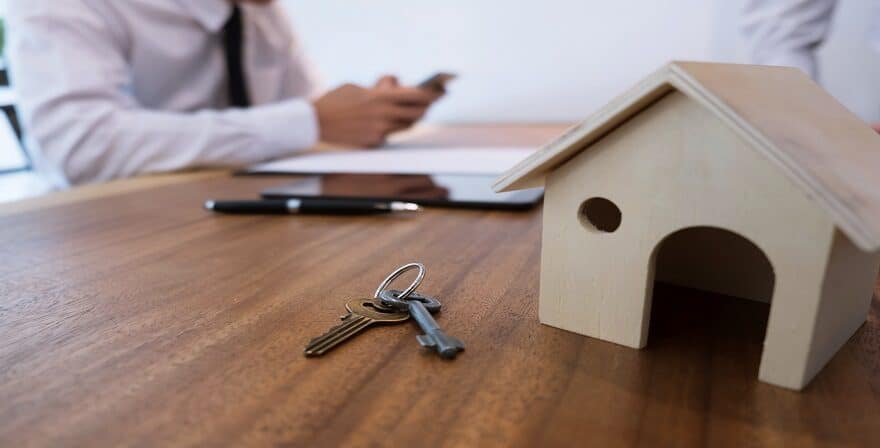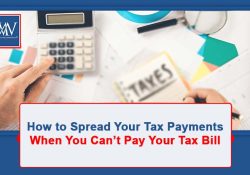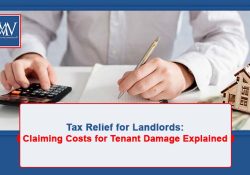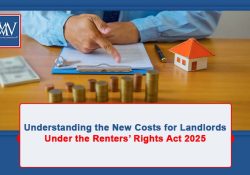
Property investment – buy to let
Buy to let traditionally involves investing in property with the expectation of capital growth with the rental income from tenants covering the mortgage costs and any outgoings. If you live in the Harrow area we, at Makesworth Accountants, can help you sort out some of the potential problems that may arise and structure the investment appropriately.
In recent years, the stock market has had its ups and downs. Add to this the serious loss of public confidence in pension funds as a means of saving for the future and it is not surprising that investors have looked elsewhere.
The UK property market, whilst cyclical, has proved over the long-term to be a very successful investment. This has resulted in a massive expansion in the buy to let sector.
Buy to let involves investing in property with the expectation of capital growth with the rental income from tenants covering the mortgage costs and any outgoings.
However, the gross return from buy to let properties – ie the rent received less costs such as letting fees, maintenance, service charges and insurance – is no longer as attractive as it once was. Investors need to take a view on the likelihood of capital appreciation exceeding inflation.
Factors to consider
Do
- think of your investment as medium to long-term
- research the local market
- do your sums carefully
- consider decorating to a high standard to attract tenants quickly.
Don’t
purchase anything with serious maintenance problems
think that friends and relatives can look after the letting for you – you’re probably better off with a full management service
cut corners with tenancy agreements and other legal documentation.
Which property?
Investing in a buy to let property is not the same as buying your own home. You may wish to get an agent to advise you of the local market for rented property. Is there a demand for say, two bedroom flats or four bedroom houses or properties close to schools or transport links? An agent will also be able to advise you of the standard of decoration and furnishings which are expected to get a quick let.
Agents
Letting property can be very time consuming and inconvenient. Tenants will expect a quick solution if the central heating breaks down over the bank holiday weekend! Also do you want to advertise the property yourself and show around prospective tenants? An agent will be able to deal with all of this for you.
Tenancy agreements
This important document will ensure that the legal position is clear.
Taxation
When buying to let, taxation aspects must be considered.
Tax on rental income
Income tax will be payable on the rents received after deducting allowable expenses. Currently allowable expenses include mortgage interest, repairs, agent’s letting fees and an allowance for furnishings. Changes were announced in the Summer Budget which impact on the allowable expenses for landlords.
Restriction loan interest relief for ‘buy to let’ landlords
New rules have been introduced which restrict the amount of income tax relief landlords can get on residential property finance costs to the basic rate of income tax. Finance costs include mortgage interest, interest on loans to buy furnishings and fees incurred when taking out or repaying mortgages or loans. No relief is available for capital repayments of a mortgage or loan.
Landlords will no longer be able to deduct all of their finance costs from their property income. They will instead receive a basic rate reduction from their income tax liability for their finance costs. To give landlords time to adjust, the change will be introduced gradually from April 2017, over four years. The restriction in the relief will be phased in as follows:
- in 2017/18, the deduction from property income will be restricted to 75% of finance costs, with the remaining 25% being available as a basic rate tax reduction
- in 2018/19, 50% finance costs deduction and 50% given as a basic rate tax reduction
- in 2019/20, 25% finance costs deduction and 75% given as a basic rate tax reduction
- from 2020/21, all financing costs incurred by a landlord will be given as a basic rate tax reduction.
This restriction will not apply to landlords of furnished holiday lettings.
Replacement of furnishings
A new relief enables all landlords of residential dwelling houses to deduct the costs they actually incur on replacing furnishings, appliances and kitchenware in the property. The relief is available for expenditure incurred on or after 1 April 2016 for corporation tax and on or after 6 April 2016 for income tax.
This measure gives relief for the cost of replacing furnishings to a wider range of property businesses as previously there was no tax relief for the replacement of furnishings in partly furnished or unfurnished properties.
Examples of eligible capital expenditure are:
- furniture
- furnishings
- appliances (including white goods)
- kitchenware
but would exclude items which are fixtures.
However the relief is limited to the cost of an equivalent item if there is an improvement on the old item. The deduction will not be available for furnished holiday lettings or where rent-a-room relief is claimed.
The end of wear and tear allowances
The 10% wear and tear allowance which was available to landlords of fully furnished properties has been abolished from April 2016.
Tax on sale
Capital gains tax (CGT) will be payable on the eventual sale of the property. The tax will be charged on the disposal proceeds less the original cost of the property, certain legal costs and any capital improvements made to the property. This gain may be further reduced by any annual exemption available and is then taxed at either 18% or 28% or a combination of the two rates.
CGT is generally charged at 10%, within the basic rate and 20% for higher rates. However 18% and 28% rates apply to chargeable gains arising on the disposal of residential property that does not qualify for private residence relief.
CGT is payable on 31 January after the end of the tax year in which the gain is made.
From April 2019, a payment on account of any CGT due on the disposal of residential property will be required to be made within 30 days of the completion of the disposal. This will not affect gains on properties which are not liable for CGT due to Private Residence Relief.
Student lettings
Buy to let may make sense if you have children at college or university. It is important that the arrangement is structured correctly. The student should purchase the property (with the parent acting as guarantor on the mortgage). There are several advantages to this arrangement.
Advantages
This is a cost effective way of providing your child with somewhere decent to live.
Rental income on letting spare rooms to other students should be sufficient to cover the mortgage repayments from a cash flow perspective.
As long as the property is the child’s only property it should be exempt from CGT on its eventual sale as it will be regarded as their main residence.
The amount of rental income chargeable to income tax is reduced by a deduction known as ‘rent a room relief’ (£7,500 per annum from 6 April 2016). In this situation no expenses are tax deductible. Alternatively expenses can be deducted from income under normal letting rules where this is more beneficial.
Furnished holiday lettings
Furnished holiday letting (FHL) is another type of investment that could be considered. This form of letting is short holiday lets as opposed to letting for the residential market.
The favourable tax regime for furnished holiday letting accommodation includes qualifying property located anywhere in the European Economic Area (EEA). In order to qualify for FHL treatment certain conditions have to be met. these include the property being available for letting for at least 210 days in each tax year and being actually let for 105 days. Provided that there is a genuine intention to meet the actual letting requirement it will be possible to make an election to keep the property as qualifying for up to two years even though the condition may not be satisfied in those years. This will be particularly important to preserve the special CGT treatment of any gain as qualifying for the lower CGT rate of 10% where the conditions for Entrepreneurs’ Relief are satisfied.
Losses arising in an FHL business cannot be set against other income of the taxpayer. Separate claims would need to be made for UK losses and EEA losses. Each can only be offset against profits of the same or future years in each relevant sector.
FHL property has some advantages but it has other disadvantages which should also be considered.
Advantages
You will be able to take a holiday in your own property, or make it available some of the time to your family or friends. However, care would need to be taken to adjust the level of expenses claimed to reflect this private use.
Generally however the rules for allowable expenditure are more generous.
Disadvantages
Holiday letting will have higher agent’s fees, advertising costs, and maintenance fees (for example more regular cleaning).
Owning a holiday property may be more time consuming than you think and you may find yourself spending your precious holiday sorting out problems.
If you would like any further advice in this area please get in touch.
New tax allowance for property and trading income
Two new £1,000 allowances for property and trading income are introduced and take effect for income arising from 6 April 2017.
Where the allowances cover all of an individual’s relevant income (before expenses) then they will no longer have to declare or pay tax on this income. Those with higher amounts of income will have the choice, when calculating their taxable profits, of deducting the allowance from their receipts, instead of deducting the actual allowable expenses. The trading allowance will also apply for Class 4 NICs.
The new allowances will not apply to income on which rent a room relief is given.
Neither will the new allowances apply to partnership income from carrying on a trade, profession or property business in partnership.
The trading allowance may also apply to certain miscellaneous income from providing assets or services to the extent that the £1,000 trading allowance is not otherwise used.
How we can help
Whilst some generalisations can be made about buy to let properties it is always necessary to tailor any advice to your personal situation. Any plan must take into account your circumstances and aspirations.
Whilst a successful buy to let cannot be guaranteed, professional advice can help to sort out some of the potential problems and structure the investment correctly.
If you live in the Harrow area we would be happy to discuss buy to let further with you. Please contact us at Makesworth Accountants for more detailed advice.
For more information, Book a Free Consultation
Need Accountancy Support?
For information on bespoke training, or if you have any other questions for Makesworth Accountants, please fill in your details below


















 151
151